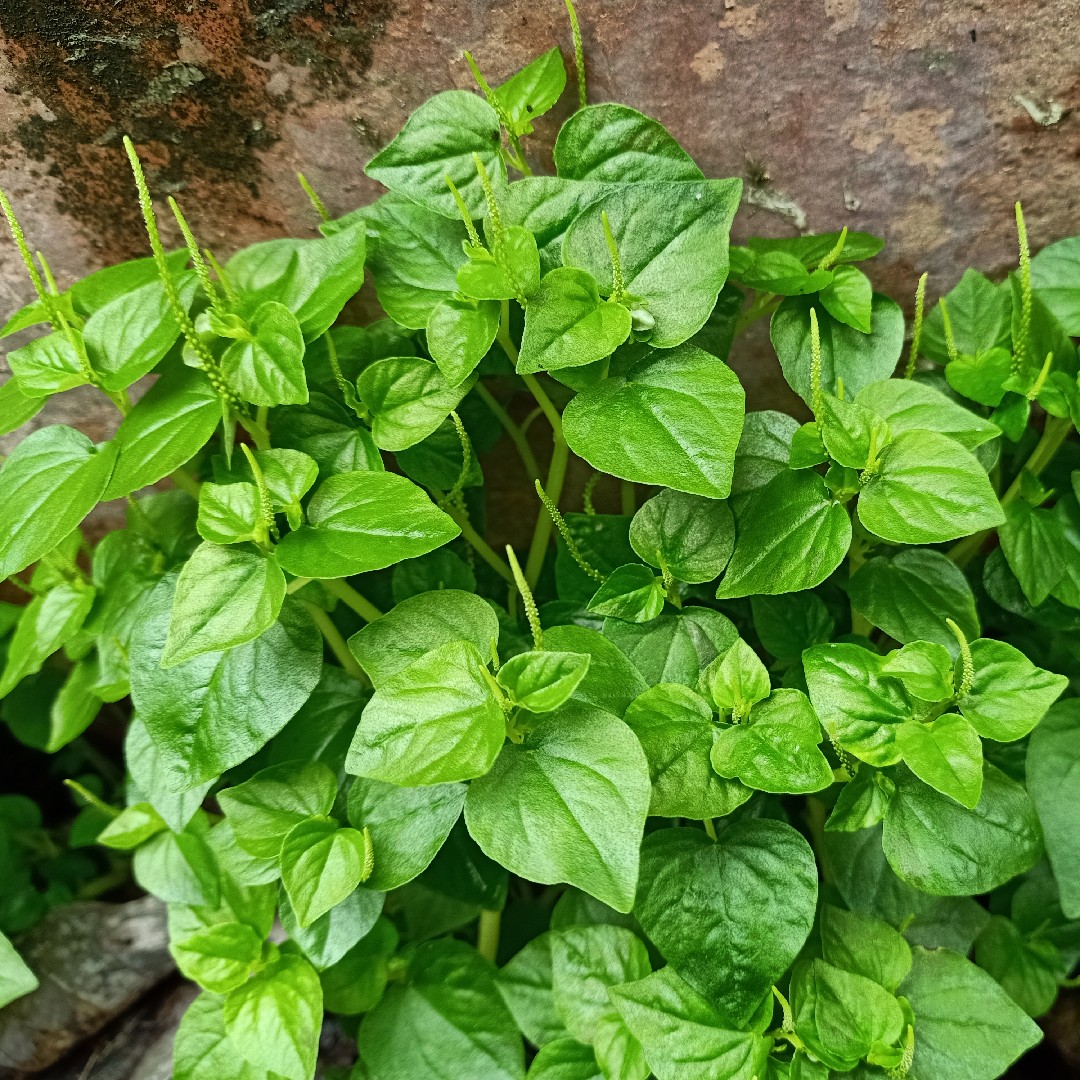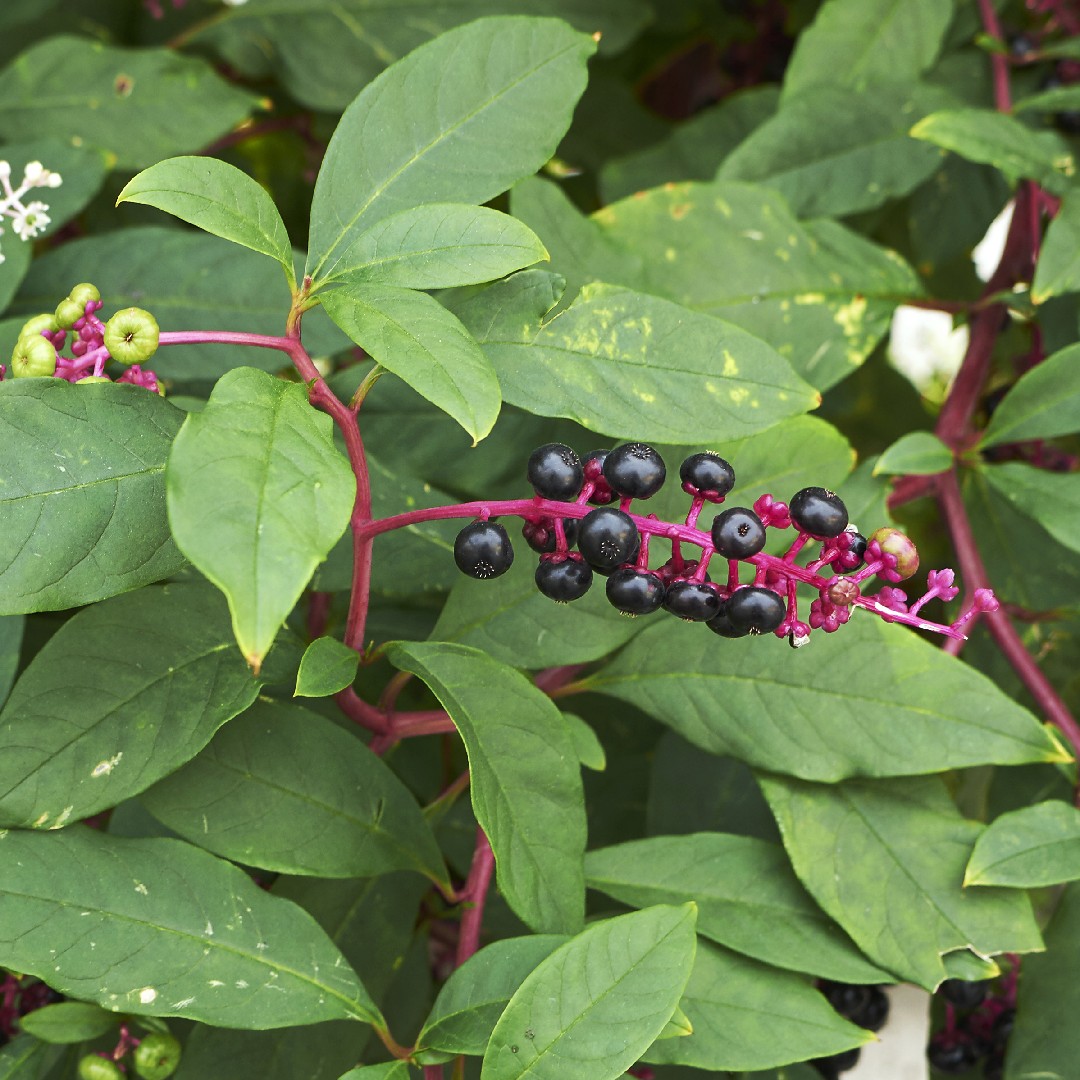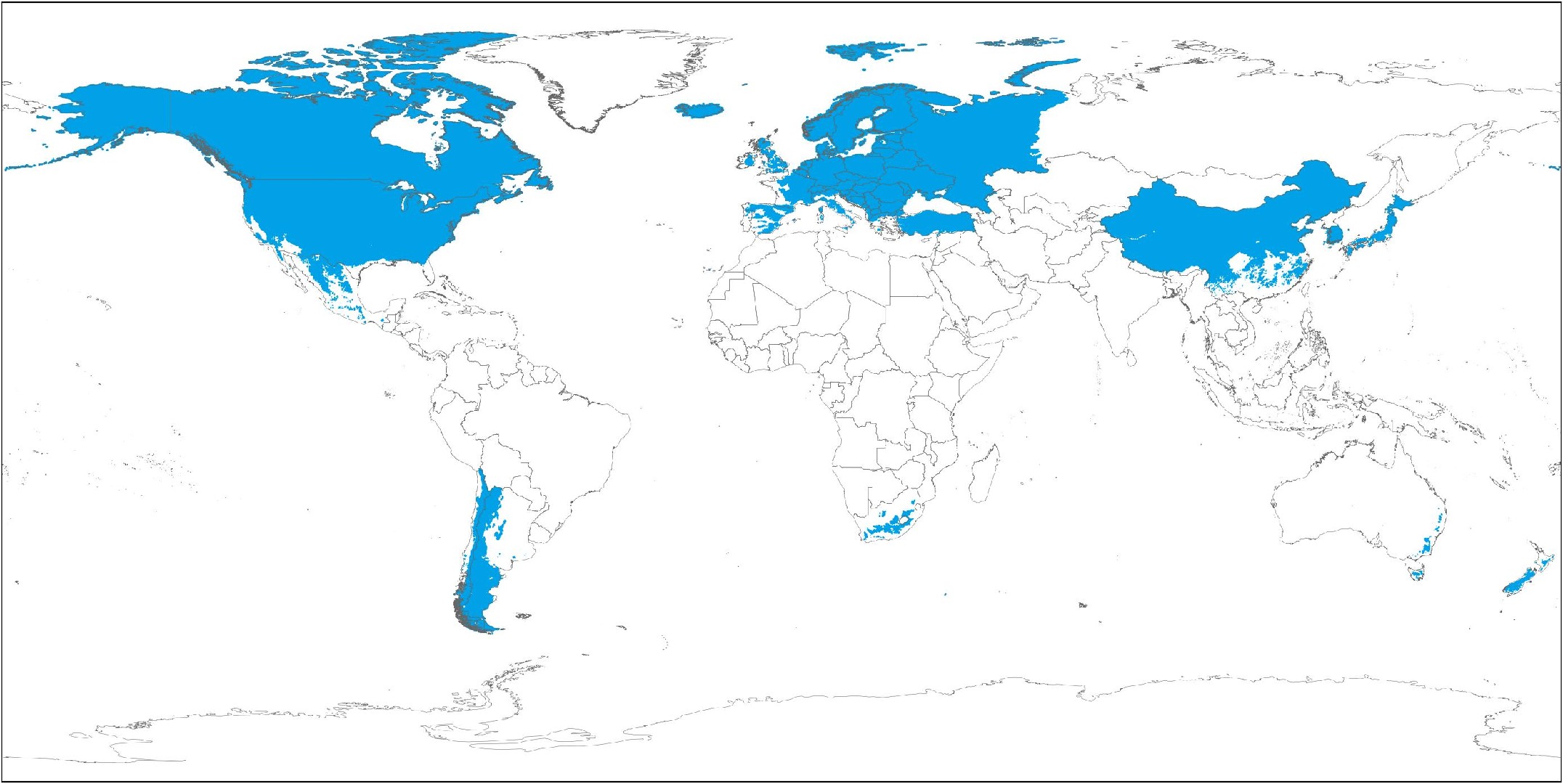What is the best way to water my Straggler daisy?
When watering the Straggler daisy, you should aim to use filtered water that is at room temperature. Filtered water is better for this plant, as tap water can contain particles that are harmful to its health. The reason that the water should be at room temperature or slightly warmer is that the Straggler daisy comes from a warm environment, and cold water can be somewhat of a shock to its system. Also, you should avoid overhead watering for this plant, as it can cause foliage complications. Instead, simply apply your filtered room temperature water to the soil until the soil is entirely soaked. Soaking the soil can be very beneficial for this plant as it moistens the roots and helps them continue to spread through the soil and collect the nutrients they need.
![more]()
What should I do if I water my Straggler daisy too much or too little?
Both overwatering and underwatering will be detrimental to the health of your Straggler daisy, but overwatering is a far more common issue. When this species receives too much water, its stems and leaves may begin to wilt and turn from green to yellow. Overwatering over a prolonged period may also lead to diseases such as root rot, mold, and mildew, all of which can kill your plant. Underwatering is far less common for the Straggler daisy, as this plant has decent drought tolerance. However, underwatering remains a possibility, and when it occurs, you can expect to find that the leaves of your Straggler daisy have become brittle and brown. It is crucial that you notice the signs of overwatering as soon as possible when caring for your Straggler daisy. Some of the diseases that arise from overwatering, such as root rot, may not be correctable if you wait too long. If you see early signs of overwatering, you should reduce your watering schedule immediately. You may also want to assess the quality of soil in which your Straggler daisy grows. If you find that the soil drains very poorly, you should replace it immediately with a loose, well-draining potting mix. On the other hand, if you find signs that your Straggler daisy is receiving too little water, all you need to do is water more regularly until those signs have subsided.
![more]()
How often should I water my Straggler daisy?
If your plant is in a pot. The most precise way to decide whether your Straggler daisy needs water is to plunge your finger into the soil. If you notice that the first two to three inches of soil have become dry, it is time to add some water. If you grow your Straggler daisy outdoors in the ground, you can use a similar method to test the soil. Again, when you find that the first few inches of soil have dried out, it is time to add water. During the spring and early fall, this method will often lead you to water this plant about once every week. When extremely hot weather arrives, you may need to increase your watering frequency to about twice or more per week. With that said, mature, well-established the Straggler daisy can show an admirable ability to withstand drought.
![more]()
How much water does my Straggler daisy need?
When it comes time to water your Straggler daisy, you should not be shy about how much water you give. With the first two to three inches of soil dry, this plant will appreciate a long and thorough watering. Supply enough water to soak the soil entirely. The amount of water you add should be enough to cause excess water to flow through the drainage holes at the bottom of your pot. If you don’t see excess water draining from the pot, you have likely underwatered your plant. But do not let the water accumulate inside the soil, which will be very dangerous to the plant as well. Alternatively, a lack of water draining through the pot could indicate poorly draining soils, which is detrimental to the health of this plant and should be avoided. If the plant is outside, 1 inch of rain per week will be sufficient.
![more]()
How should I water my Straggler daisy at different growth stages?
The water needs of the Straggler daisy can change depending on growth stages as well. For example, when your Straggler daisy is in the first few years of its life, or if you have just transplanted it to a new growing location, you will need to give more water than usual. During both of those stages, your Straggler daisy will put a lot of energy towards sprouting new roots that will then support future growth. For those roots to perform their best, they need a bit more moisture than they would at a more mature phase. After a few seasons, your Straggler daisy will need much less water. Another growth stage in which this plant may need more water is during the bloom period. Flower development can make use of a significant amount of moisture, which is why you might need to give your Straggler daisy more water at this time.
![more]()
How should I water my Straggler daisy through the seasons?
The Straggler daisy will have its highest water needs during the hottest months of the year. During the height of summer, you may need to give this plant water more than once per week, depending on how fast the soil dries out. The opposite is true during the winter. In winter, your plant will enter a dormant phase, in which it will need far less water than usual. In fact, you may not need to water this plant at all during the winter months. However, if you do water during winter, you should not do so more than about once per month. Watering too much at this time will make it more likely that your Straggler daisy will contract a disease.
![more]()
What's the difference between watering my Straggler daisy indoors and outdoors?
It is most common to grow the Straggler daisy indoors for any gardener that does not live in temperate and tropical regions. Those gardeners should consider the fact that soil in a container can dry out a bit faster than ground soil. Also, the presence of drying elements such as air conditioning units can cause your Straggler daisy to need water on a more frequent basis as well. if you planted it outside. When that is the case, it’s likely you won’t need to water your Straggler daisy very much at all. If you receive rainfall on a regular basis, that may be enough to keep your plant alive. Alternatively, those who grow this plant inside will need to water it more often, as allowing rainwater to soak the soil will not be an option.
![more]()
What type of sunlight does Straggler daisy need?
Straggler daisy needs full sun every day, and these plants rely on a minimum of six hours of sunlight to keep their leaves, roots, and blooms in a healthy state. Even though most perennials need six hours of sunlight a day, plants like the Orange Daylily or Giant Coreopsis could live off less sun for a minimum of three hours daily. Even though these perennial flowering plants can live with only three hours of direct sunlight, they won't be able to thrive like they would in sunnier conditions.
![more]()
Can sunlight damage Straggler daisy? How to protect Straggler daisy from the sun and heat damage?
The few Perennial Flowering Plants that don't like excessive heat in warm climates might react poorly to too much sun if they have heat damage. These plants may wilt or dry out from too much sun and may also develop growth issues if they're regularly in the sun during the most intense heat of the day. Some plants don't need protection from the light afternoon sun, but those that are harmed by intense afternoon exposure should be provided some shade in warmer climates. Gardeners could give these plants plenty of shade by planting them in spots that don't receive direct heat during the afternoon, like under trees or behind bushes.
![more]()
Should I protect Straggler daisy from sun exposure?
While many perennial plants need plenty of sun to bloom to their fullest extent, some of them benefit from less sun in warmer climates. For example, people who live in hotter climates might want to provide shade for their flowering perennials in the hot afternoon sun, and this is even more true for months in the summer. Even though some perennial flowering plants will benefit from partially shaded in the hottest climates, plants like the Giant Coreopsis aren't intimidated by too much sun. They might sit outside in the full sun in hot weather and still thrive.
![more]()
What will happen if Straggler daisy gets inadequate sunlight?
If you're growing Straggler daisy and you aren't getting enough sunlight, you'll notice signs of inadequate requirements in your plants. Most plants won't produce as many blooms as they would if they had full sun exposure. Some plants will develop dry spots on their leaves, but most of these plants will still bloom in the inadequate sun. Even though they bloom, the flowers will be smaller and less full.
![more]()
Does Straggler daisy need special care about sunlight during its different growth stages?
Straggler daisy is great flowers in gardens and will have optimum blooming if it gets six hours of sunlight a day minimum. Sometimes, flowers stay fresh longer if they're partially shaded during the really hot parts of the day. When Straggler daisy is young, gardeners want to ensure their younger plants are getting plenty of sunlight but don't have to endure intense heat during the afternoon sunlight. If you have a fully mature plant, provide it with plenty of sun so it may keep up its growth properly.
![more]()
How much light does Straggler daisy need for photosynthesis?
Straggler daisy will need a minimum of six hours of light to best support their photosynthesis cycles. These flowering plants need the sun to help their foliage and blooms grow. However, certain perennial flowering plants like the Giant Coreopsis might need anywhere from eight to twelve hours of full sun a day to maintain their large flowers and healthy foliage.
![more]()
How much light should Straggler daisy get per day to grow healthily?
If you want your Straggler daisy to grow healthy and bloom as much as possible during its blooming season, you should try to give your plant six hours of direct sunlight. Some perennial plants might even do more sunlight and could sit in the sun for up to twelve hours, depending on the heat in the area and the general environment. Plants like the Red Hot Poker and Giant Coreopsis thrive in much hotter climates and might sit in all types of strong sunlight. Some home gardeners have to use grow lights because their spaces don't allow for tons of outdoor sunlight. Most perennials could grow happily in grow lights, but they will need anywhere from eight to fourteen hours of artificial light to stay strong since these lights don't have as much power as the sun.
![more]()
What is the optimal temperature for Straggler daisy?
For this tropical plant to thrive, you’ll want to keep them between 75℉ and 90℉ (25-32℃). Each species can handle temperatures outside of this range, but keeping it within several degrees of these limits will ensure they grow to their maximum potential. As for its extreme temperature limits, any environment below 50℉ (10℃) or above 95℉ (35℃) will begin to hinder its growth and cause various aberrations to its leaves and stems. This is especially true with low temperatures; even a light frost can cause your tropical plants to perish. Cellular death can begin to happen at a rapid pace, with some species dying in as little as 12 to 24 hours.
![more]()
Does Straggler daisy require different temperatures for different growing phases?
While Straggler daisy doesn’t require any changes in temperature to enter different growing phases, it is important to stay consistent. Wild temperature fluctuations can slow down its growth regardless of its current phase, so it's always better to keep them in a controlled environment. That optimal temperature range of 75℉ and 90℉ (25-32℃) is vital to maintain, especially staying above the lower limit. Going above 90℉(32℃) isn’t ideal, but as tropical plant it won’t suffer too much. On the other hand, going below 50℉ (10℃) (and especially 40℉/5℃) will begin to directly damage this heat-loving plant species.
![more]()
Does Straggler daisy need different temperatures for different seasons?
Straggler daisy does not need different temperatures for different growing seasons. The most important step in seasonal care is to keep the environment within the optimal temperature range. That's why it's always best to keep this plant indoors. That way, you can control the temperature no matter what the climate is like outside. Light is also important for tropical species, with all of these plants preferring a partial side level of sun exposure. This means any light they receive needs to be dappled or filtered, with bright but indirect light being the best option when growing your plants indoors. Too much direct sunlight can negatively affect your plant’s leaves, reducing its growth potential.
![more]()
What are the temperature guidelines to keep your Straggler daisy healthy?
Tip #1: Don’t Leave Your Plant Near Windows in Colder Months If you want to make sure your plant isn’t exposed to colder temperatures, you may want to keep them away from windows. In colder months like late fall and winter, even the smallest draft can leak cold air into your home through cracks in your windows. While this air usually dissipates and warms up as it travels throughout your home, any plants placed in close proximity to the window will be affected. Move your tropical plants into an area where they will still get bright but indirect light, while making sure they won’t be affected by potential drafts. Tip #2: If You Find Dry Patches, Your Plant May Be Getting Too Much Sunlight or Heat You may notice the leaves become white or even scorched on a sunny day. These discolorations and unusual markings usually indicate that a plant is getting too much heat or sunlight, and it may be dehydrated. Excess light and heat will dry out the soil, stopping plants from getting the moisture they need to support their cellular structure. It also slows down or stops the process of photosynthesis, further hindering growth. If ignored for too long, these dry spots can spread and eventually result in the death of your plants. Tip #3: Avoid Frost at All Costs Colder temperatures and frost can damage your plants by causing ice crystals or disrupt normal physiological activity. This makes it nearly impossible for water to move freely throughout plant tissue, creating a deficit of moisture in their stems and leaves. You can tell a plant has been damaged by frost if it begins to suffer from hydrosis (it will appear as though it's soaked with water.) If the problem persists, your plants may begin shriveling and turning a dark brown or black hue. After that, the plant will almost certainly die.
![more]()
What is the best way to maintain the right temperature for my Straggler daisy?
The best way to maintain the right temperature range for Straggler daisy is by keeping an eye on both the climate and humidity. You’ll want to try to keep each species in a room where you have access to climate control, keeping the heat in the temperature range best mimics its natural habitat. The humidity levels will also have a direct effect on temperature, so it's important to monitor these as well. You can artificially raise the humidity of your growing space by using a humidifier or lightly misting the leaves with water. If you intend to grow this species outside, you may find it difficult to maintain the right balance of temperature and humidity. If temperatures begin to drop or the air becomes too dry, your best option is to find room within your home and move your plant inside. An indoor growing space will allow you to control the climate more closely, helping your plant reach its full potential.
![more]()























 Watch how sunlight gracefully moves through your garden, and choose spots that provide the perfect balance of light and shade for your plants, ensuring their happiness.
Watch how sunlight gracefully moves through your garden, and choose spots that provide the perfect balance of light and shade for your plants, ensuring their happiness. 








